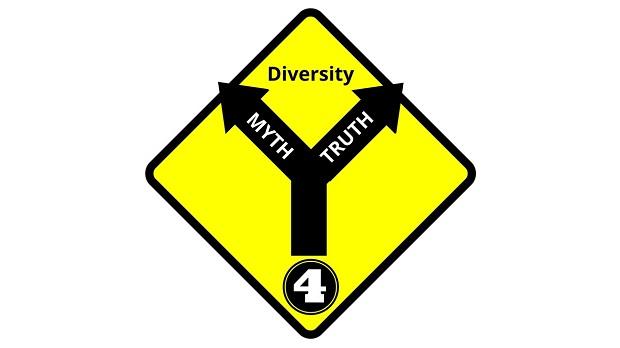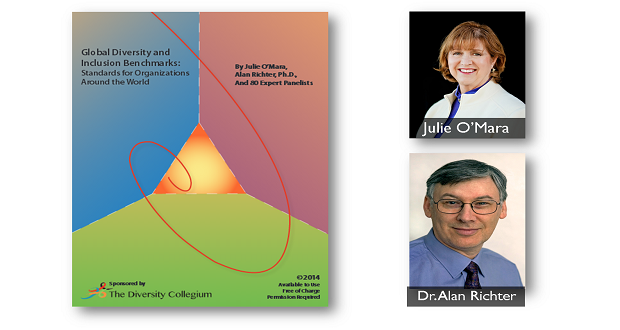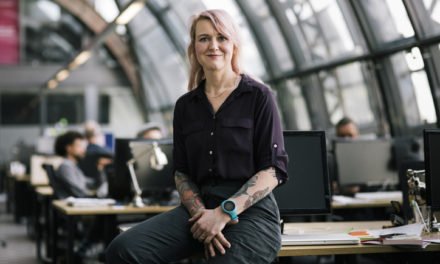
In an attempt to have an open conversation about race and color, teachers in an elementary school in England lined up ten and eleven year old children by the color of their skin, from lightest to darkest. They were hoping to make a point of how we view color differences in society. At least one parent complained that her child was teased because of the dark color of his skin.
Were the teachers trying to replicate the impact of the famous “brown-eyed/blue-eyed” study or the impact that the privilege walk may have where you have people line up and then step forward based on aspects of privilege (e.g. I do not fear going into a retail established and being followed)?
A spokesperson for the school said that they are all about celebrating differences and teaching children that it is okay to talk about them.
Not knowing the full extent of how the exercise was carried out or debriefed, I cannot agree or disagree with this particular exercise. However, I do feel strongly that even young children need to be taught about diversity and inclusion in age appropriate ways.
Would it have been possible to have a discussion with the children about why they teased the darkest child and to have him tell them how it made him feel? Could they have had an instructive discussion about why the children argued over who was darker or lighter? Could they have talked about the real impacts colorism in society in a way that 10 and 11 years olds would understand? Could they have related the lesson to bullying and why children bully those who are perceived as different?
I don’t know the answers to these questions because I teach adults and not children but I do hold to my belief that not talking about color and its impacts, not talking about how we exclude based on diversity dimensions is not the answer.
Maybe rather than using the children themselves as the example, they could have shown the children different pictures of people of different colors and asked them to identify which people were better on certain dimensions. (Similar to the “black doll/white doll” study and the Amy Cuddy work on stereotypes.)
The school spokesperson said that the teaching point of the lesson is that even though we are different colors on the outside we are all the same on the inside. I STRONGLY DISAGREE with that belief. I think just the opposite. We are more the same on the outside than on the inside. Our worldview, our values, beliefs, attitudes are those things which cannot be seen and which are the most important to understand. However, we focus on the “outside” as assumptions and stereotypes are usually based on what we can see, not those dimensions that we cannot see.
We need to talk with our children about biases and prejudices early rather than later when they are in the workplace and it is much harder to influence mindsets.


















